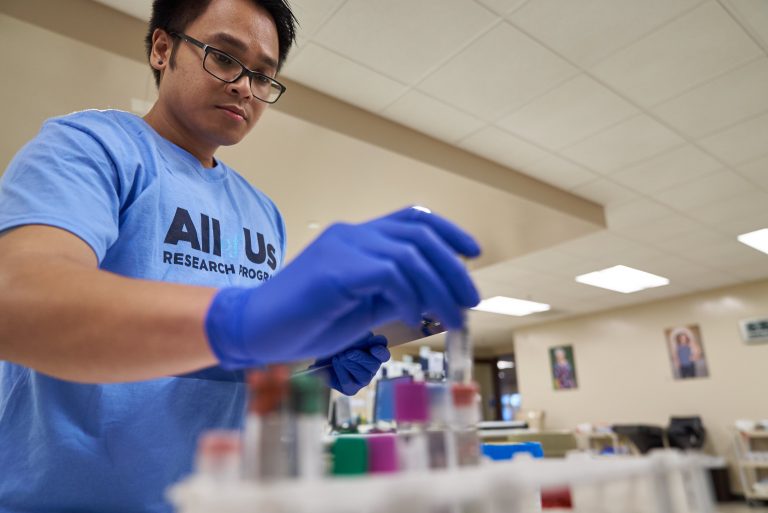G0.253+0.016, nicknamed ‘the Brick’ due to its opacity, is among the best-studied infrared dark clouds in our Milky Way Galaxy. It is well-known for being dense and turbulent while showing few signs of star formation, much less than is typical for such a massive cloud. Using the NASA/ESA/CSA James Webb Space Telescope, University of Florida astronomer Adam Ginsburg and his colleagues peered into the Brick, discovering a substantial presence of frozen carbon monoxide there. It harbors a significantly larger amount of carbon monoxide ice than previously anticipated, carrying profound implications for our understanding of star formation processes.
The full-field star-subtracted image of G0.253+0.016. Image credit: Ginsburg et al., doi: 10.3847/1538-4357/acfc34.
“Our observations compellingly demonstrate that carbon monoxide ice is very prevalent there, to the point that every observation in the future must take it into account,” Dr. Ginsburg said.
Stars typically emerge when gases are cool, and the significant presence of carbon monoxide ice should suggest a thriving area for star formation in the Brick.
Yet, despite this wealth of carbon monoxide, Dr. Ginsburg and co-authors found that the structure defies expectations. The gas inside the Brick is warmer than comparable clouds.
These observations challenge our understanding of carbon monoxide abundance in the center of our Galaxy and the critical gas-to-dust ratio there.
According to the findings, both measures appear to be lower than previously thought.
“With Webb, we’re opening new paths to measure molecules in the solid phase (ice), while previously we were limited to looking at gas,” Dr. Ginsburg said.
“This new view gives us a more complete look at where molecules exist and how they are transported.”
Traditionally, the observation of carbon monoxide has been limited to emission from gas.
To unveil the distribution of carbon monoxide ice within this vast cloud, the researchers required intense backlighting from stars and hot gas.
Their findings move beyond the limitations of previous measurements, which were confined to around a hundred stars.
The new results encompass over 10,000 stars, providing valuable insights into the nature of interstellar ice.
Since the molecules present in our Solar System today were, at some point, likely ice on small dust grains that combined to form planets and comets, the discovery also marks a leap forward toward understanding the origins of the molecules that shape our cosmic surroundings.
These are just the team’s initial findings from a small fraction of their Webb observations of the Brick.
“We don’t know, for example, the relative amounts of carbon monoxide, water, carbon dioxide, and complex molecules,” Dr. Ginsburg said.
“With spectroscopy, we can measure those and get some sense of how chemistry progresses over time in these clouds.”
The team’s findings will appear in the Astrophysical Journal.
_____
Adam Ginsburg et al. 2023. CO absorption in the Galactic Center cloud G0.253+0.015. ApJ, in press; doi: 10.3847/1538-4357/acfc34
Note: This article have been indexed to our site. We do not claim legitimacy, ownership or copyright of any of the content above. To see the article at original source Click Here













